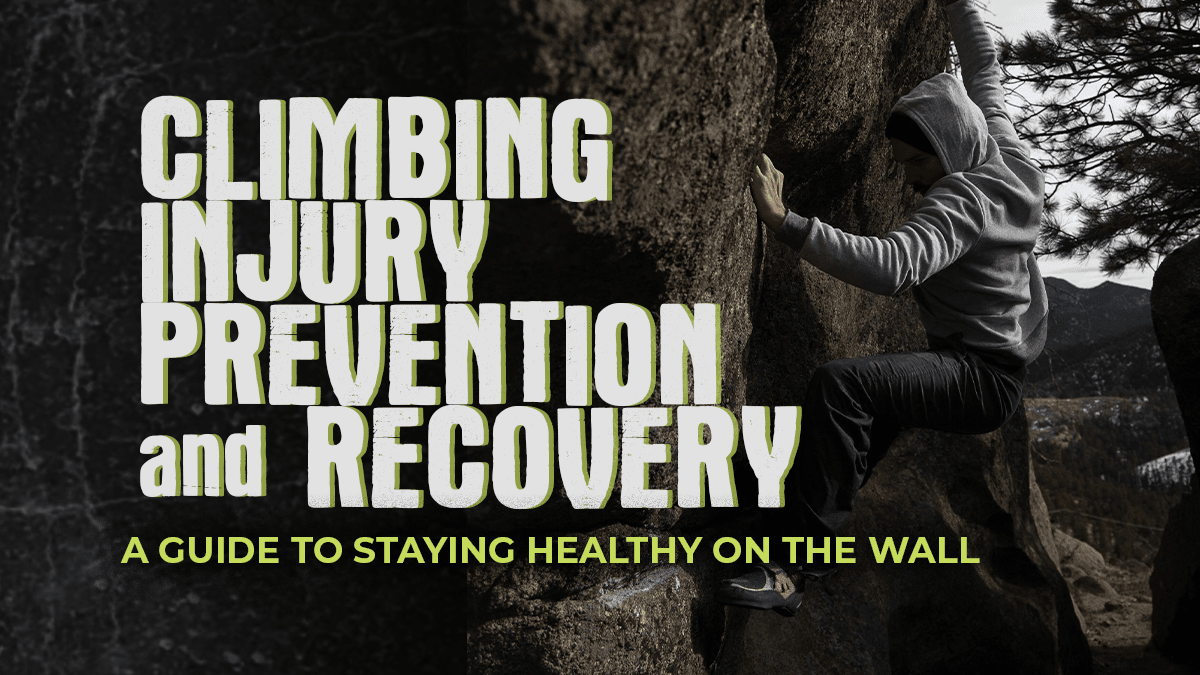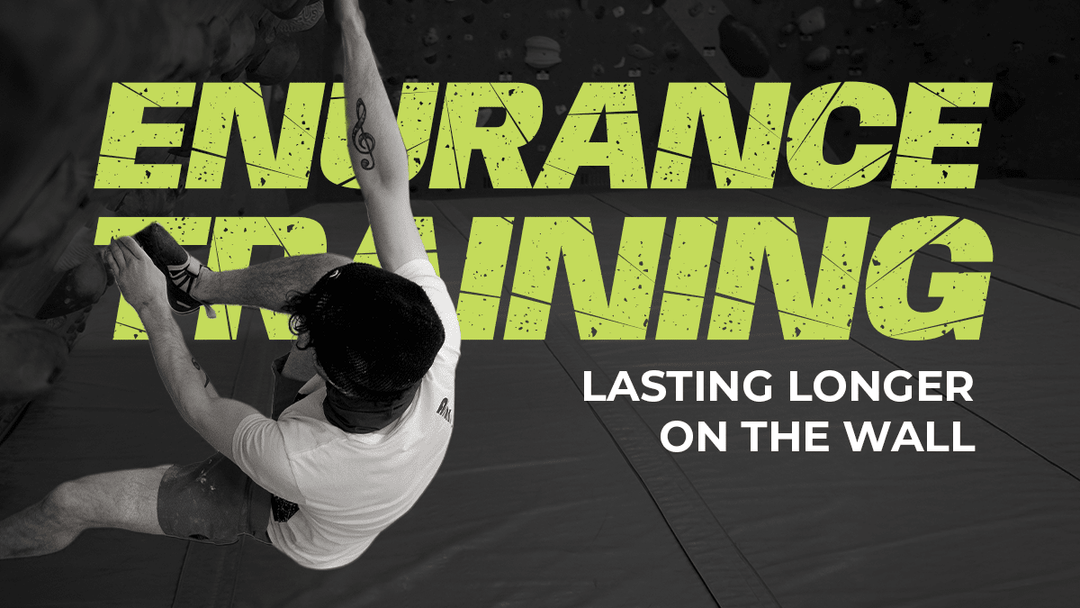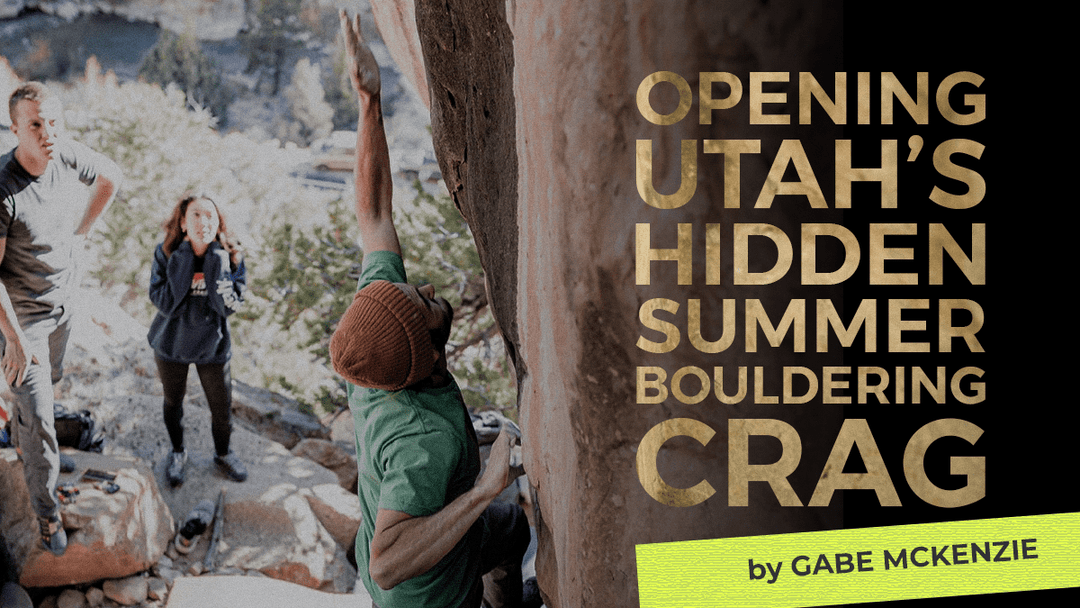Climbing Injury Prevention and Recovery: A Guide to Staying Healthy on the Wall

Climbing is an exhilarating sport that challenges both the body and mind. However, the physical demands of climbing can lead to injuries if proper precautions aren't taken. Understanding common climbing injuries, how to prevent them, and effective recovery strategies can help climbers maintain their health and longevity.
Common Climbing Injuries
Finger Pulley Tears
These are among the most common injuries in climbers, caused by overloading the tendons in the fingers. Symptoms include pain, swelling, and an inability to crimp.
Tendinitis
Tendinitis in the elbows (commonly known as "climber’s elbow") and shoulders can occur due to repetitive stress and overuse. This manifests as pain and stiffness, especially during climbing movements.
Shoulder Impingement
This injury arises when the shoulder muscles and tendons become pinched during overhead movements, leading to pain and reduced mobility.
Knee Strains and Sprains
Knees are often subjected to twisting and high-pressure movements, particularly in dynamic or high-foot placements, which can lead to sprains or ligament injuries.
Skin Tears and Abrasions
The hands and fingers are prone to cuts, tears, and abrasions from rough holds and sharp edges.
Prevention Strategies
Warm-Up Thoroughly
Start every climbing session with a proper warm-up. Include light cardio, dynamic stretches, and mobility exercises to prepare your muscles and joints.
Progress Gradually
Avoid overtraining or attempting routes beyond your current ability too quickly. Gradual progression allows your body to adapt to the increased demands.
Strength and Flexibility Training
Incorporate exercises like pull-ups, planks, and fingerboard training to build climbing-specific strength. Yoga and stretching can improve flexibility and reduce the risk of strains.
Use Proper Technique
Focus on good climbing form to distribute forces evenly and reduce unnecessary stress on specific joints or muscles.
Rest and Recovery
Schedule rest days to allow your body to recover. Overtraining increases the risk of injury and can hinder progress.
Protect Your Skin
Use tape or finger protectors for sensitive areas, and keep your skin hydrated to prevent excessive dryness and cracking.
Effective Recovery Methods
R.I.C.E. Method
Use Rest, Ice, Compression, and Elevation for acute injuries to reduce swelling and pain.
Physical Therapy
Work with a physical therapist to address movement limitations and strengthen injured areas. They can provide exercises tailored to climbers.
Massage and Soft Tissue Work
Techniques like myofascial release or deep tissue massage can help relieve muscle tension and improve circulation.
Nutrition and Hydration
Proper nutrition supports recovery. Focus on protein for muscle repair, anti-inflammatory foods like leafy greens, and staying hydrated.
Listen to Your Body
Avoid climbing through pain. Take the necessary time off to heal fully before resuming intense sessions.
Preventative Maintenance
Regularly assess your body for signs of overuse or strain and address issues early before they escalate.
Staying Injury-Free
Injuries can be a significant setback for climbers, but many can be prevented or effectively managed with awareness and the right strategies. By prioritizing warm-ups, technique, and recovery, you can stay healthy and enjoy the challenges and rewards of climbing for years to come.
Have you faced climbing injuries or discovered effective prevention techniques? Share your experiences in the comments below!




